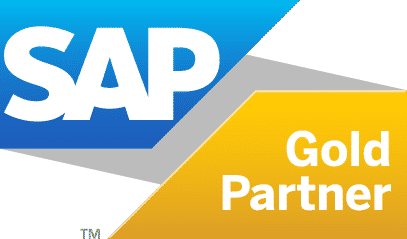
An effective data strategy is built on a solid foundation of data architecture. According to the definition, it is defined as a framework of models, policies, regulations, and standards that an organization employs to manage data and its flow within the company. Everyone in a firm wants readily available data that has been appropriately cleaned up and updated regularly. Effortless data architecture standardizes the procedures used to acquire and store data, convert it, and provide it to the individuals who require it. It identifies the business users who will be consuming the data and the requirements that they will have.
It is preferable to approach data architecture to ensure that it flows from data consumers to data sources rather than the other way around. Business needs are now transformed into data and system requirements to make the data approach easier. Companies must have a centralized data architecture aligned with business operations and provides clarity on all areas of data collection and management.
In the field of data architecture, data architects are in charge. A data architect is responsible for designing, optimizing, and maintaining conceptual and logical database models. They choose how to gather data that will help the company move forward and how that data will be disseminated so that meaningful insights can be provided to decision-makers.
What are effective data architecture best practices, and why are they necessary?
Good data architecture is becoming increasingly important because of the increasing importance of data-as-service (DaaS) as a critical component of cloud business strategy. As a result of using this Data Architecture, business users can benefit from Data Governance, data accuracy, and on-demand data availability.
The three main layers of modern data architecture are as follows:
- the physical layer, which contains the hardware components and data preparation technologies.
- the logical layer, which defines the relationships between the different data types within the architecture framework
- the data-sharing layer, which specifies how data is shared between users and processes within the architecture framework
Data architecture has become highly complex due to intelligent technologies and newer data platforms, which frequently results in decreased efficiency if done manually. Thus, the newer data platforms are more efficient.
Modern Data Architecture seeks to achieve best practices by providing a framework for handling any data across numerous data platforms and data sources.
Specific Company Objectives: Historically, data availability influenced business decisions and dictated what decision-makers needed. The game laws have shifted with the advent of contemporary Data Architecture. To fulfill the requirements of data analytics, decision-makers can now declare precise business objectives and manipulate data sets to achieve them.
Data Sharing: A good Data Architecture eliminates data silos and encourages cooperation among team members. In this type of design, data from several business units and multiple sources is collected, collated, and stored in a single area to reduce duplication of efforts. The ability to share information is critical in this context.
Automation: has improved data pipelines between various business processes and platforms, which has resulted in increased efficiency. Cloud-based Data Architectures make it possible to integrate and share data across multiple systems agilely.
Adaptive Architecture: Thanks to the widespread availability of sophisticated artificial intelligence and machine learning (innovative) tools, modern Data Architecture enjoys making on-demand adjustments to remove Data Quality errors and data identification errors while also uncovering unexpected new insights.
Elasticity: Because of the increasing demands of businesses, Data Architecture has evolved from data warehouses to data lakes and back again to data warehouses over the past ten years – entirely unclear of how to keep up with the demands of the business. Recently, business owners and operators have understood that a Data Architecture that scales with the changing needs of a business is the key to ensuring the long-term viability of a Data Architecture solution. Companies can now use on-demand services linked to scalability, thanks to advancements in cloud and artificial intelligence technologies.
Security: The protection of personal information and the security of information systems are two requirements for any modern data architecture. When building the architecture model, it is critical to adhere to data protection standards such as the General Data Protection Regulation (GDPR).
The availability of modern data storage and data processing technologies allows for the initial time and cost expenditures necessary for establishing a more agile, more resilient, and more efficient Data Architecture to be justified. With these effective Data Management processes taking the place of the archaic Data Management systems, the highly compensated data experts can devote their time and efforts to extracting value from their data.
About us:
Highbar Technocrat Limited, an SAP Gold Partner, helps clients in India and abroad to help them manage change. Highbar adopts an integrated approach to help you rethink your business, with a high level of agility and efficiency. At Highbar we see disruption as an opportunity to help clients transform their business with granular solutions. Handling change requires confidence in decision making and Highbar enables this confidence in clients.
Our forte offers digitally integrated solutions for the Infrastructure, EC&O, Real Estate, Mining, Oil & Gas, Power, Smart Cities, Government, Manufacturing sectors, and a lot more. Our domain expertise combined with the ERP helps clients become intelligent enterprises and highly receptive to the needs of customers. With our strategic alliances, we help clients transform business operations, leverage data, and integrate sustainability to match the speed of change.
For further information, don’t hesitate to contact us by e-mail at enquiry@highbartech.com or by telephone at +91 89767 11399.




